Archaeologists and researchers often search far and wide for hidden treasures from our past. These treasures may be buried beneath centuries or even millennia of human development and need to be literally unearthed.
A recent Christian artifact, one of the most significant finds of modern times, is particularly remarkable for one peculiar reason — it had been hiding in plain sight for centuries.
A Pivotal Point in Christian History
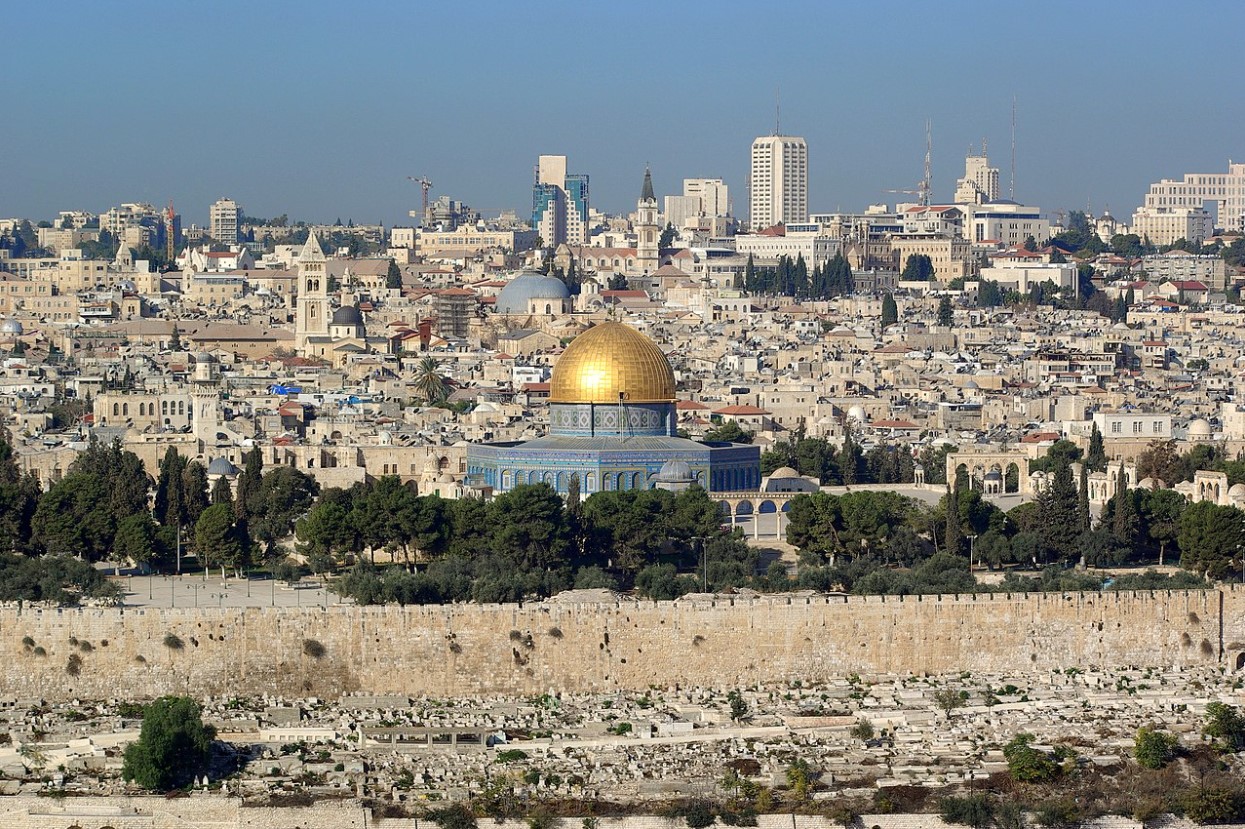
July 15, 1149 is one of the most important dates in the modern history of the Christian faith. It marked exactly 50 years since European Crusaders had conquered the Holy City of Jerusalem and established the Kingdom of Jerusalem, displacing centuries of Muslim rule.
A day of jubilee celebrations marked the occasion and consolidated the young Christian kingdom.
The Church of the Holy Sepulchre
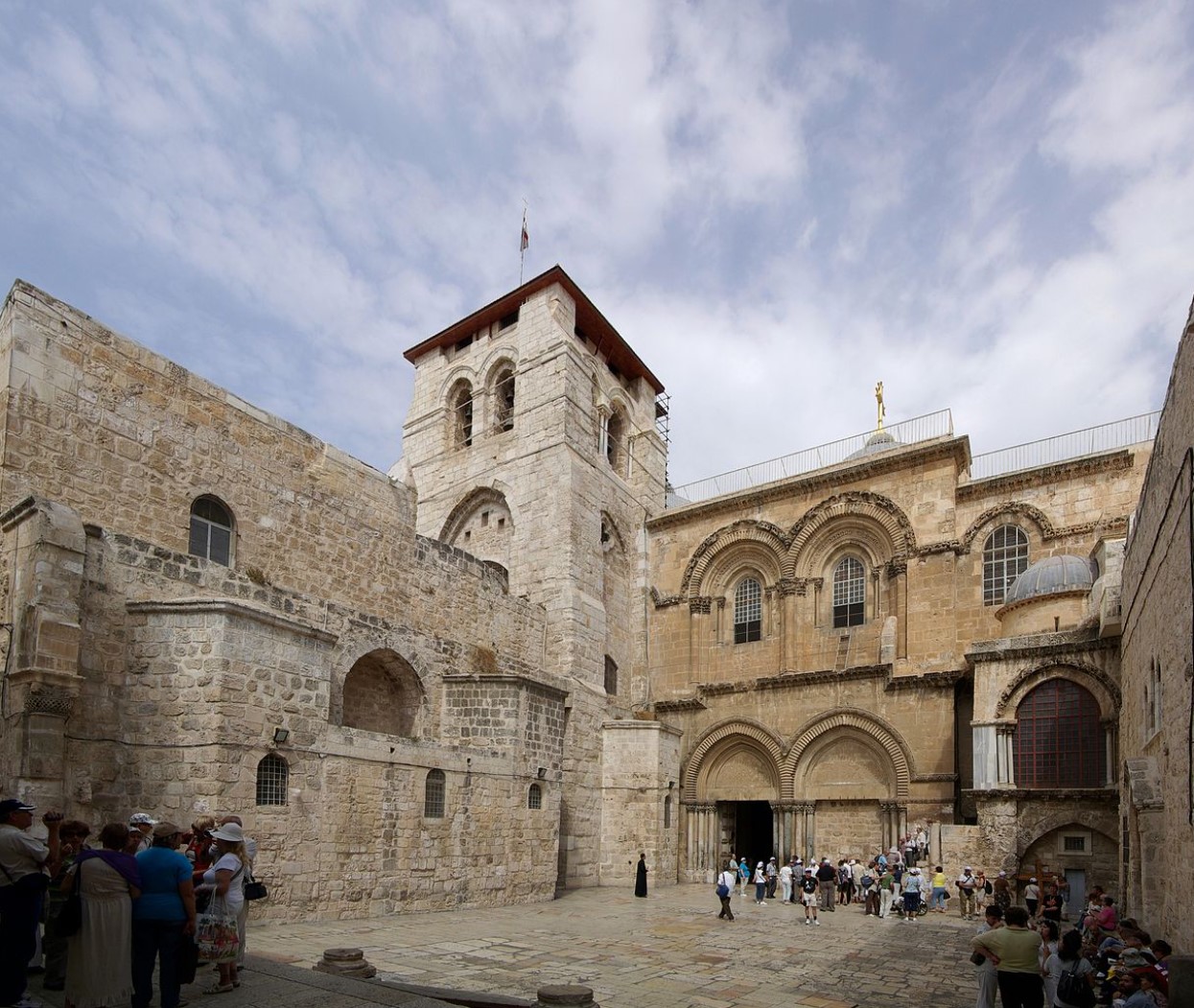
One of the highlights of the celebrations was the consecration of the Church of the Holy Sepulchre, one of Christianity’s holiest shrines.
In the center of a majestic Romaneqsqe church building lay a magnificent and special work of art — a newly constructed high altar. The spectacle of the ornate stone altar left an impression on all who saw it for centuries.
A One-of-a-Kind Marvel

Visitors to the church were struck by the size and beautiful, unique decorations adorning the stone altar. This reverence lasted for centuries.
In the words of Ilya Berkovich of the Austrian Academy of Sciences (OeAW): “We know of pilgrim accounts from the 16th, 17th and 18th centuries about a magnificent marble altar in Jerusalem.”
Suddenly Lost
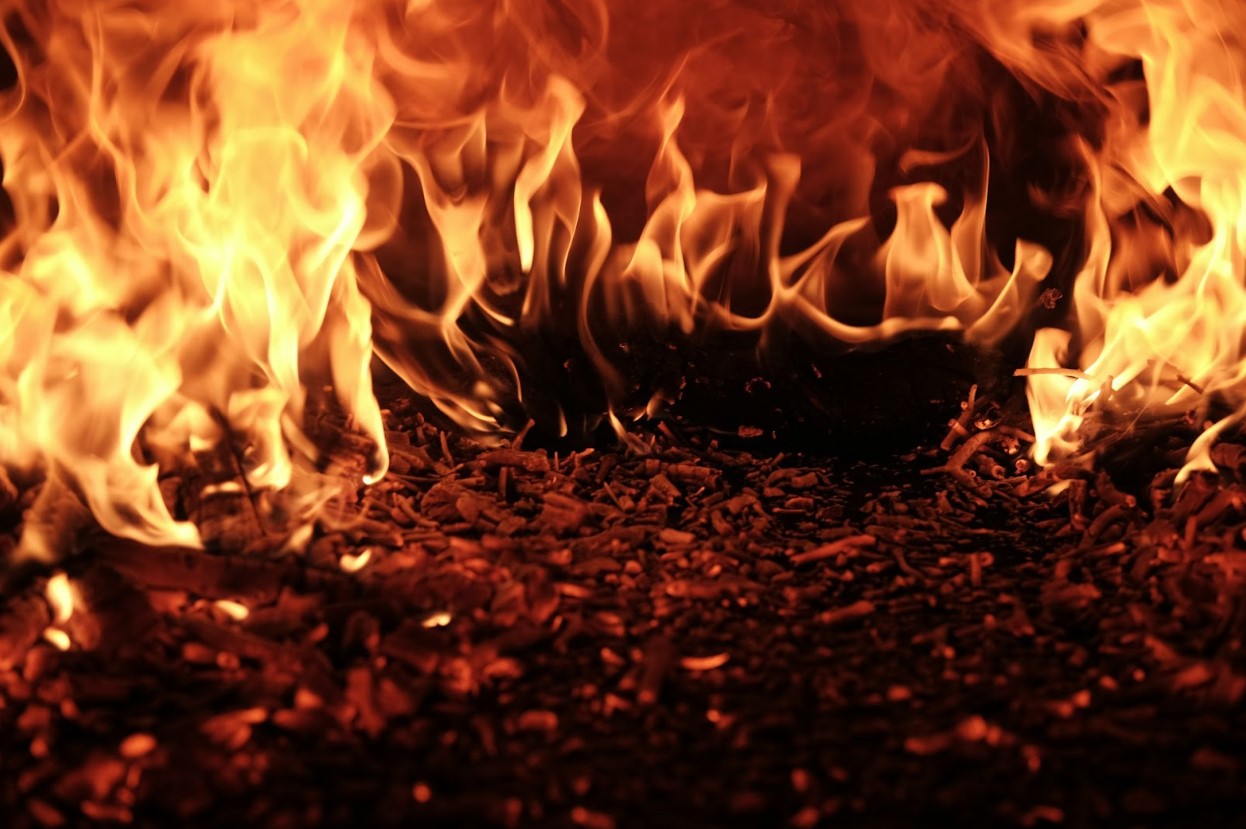
The medieval altar enraptured visitors for centuries until it suddenly and tragically disappeared completely from public view.
“In 1808, there was a major fire in the Romanesque part of the Church of the Holy Sepulchre,” says Berkovich. The historian continues: “Since then, the Crusader’s altar was lost — at least that’s what people thought for a long time.”
An Unassuming Slab of Rock
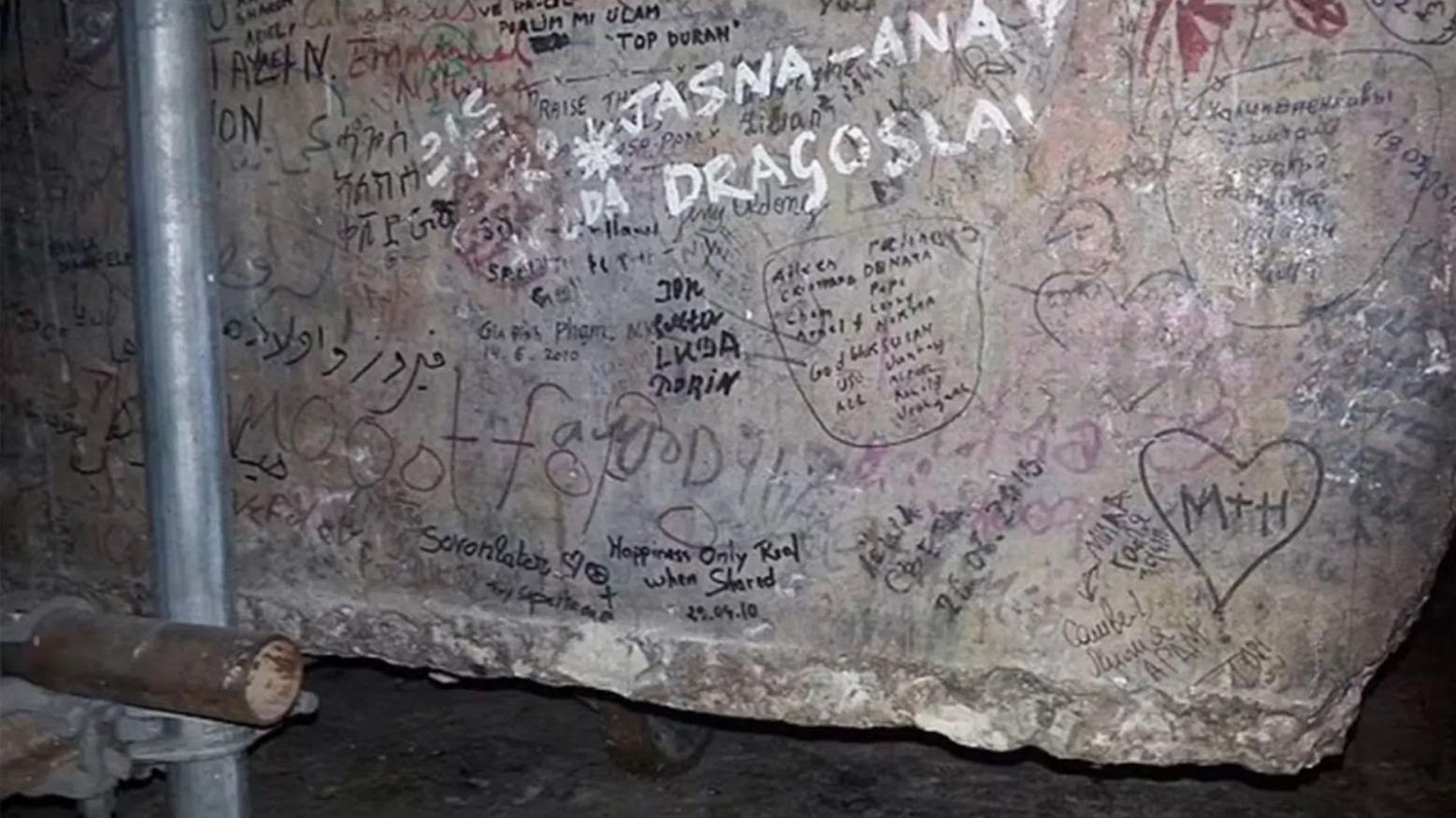
In a publicly accessible corridor in the rear of the Church of the Holy Sepulchre was a large stone slab weighing several tons leaning up against a wall.
No one is quite sure exactly how long it had been there, but it had been resting like that at the back of the church long enough that tourists had covered the front side of the slab in graffiti.
Shifting the Rock
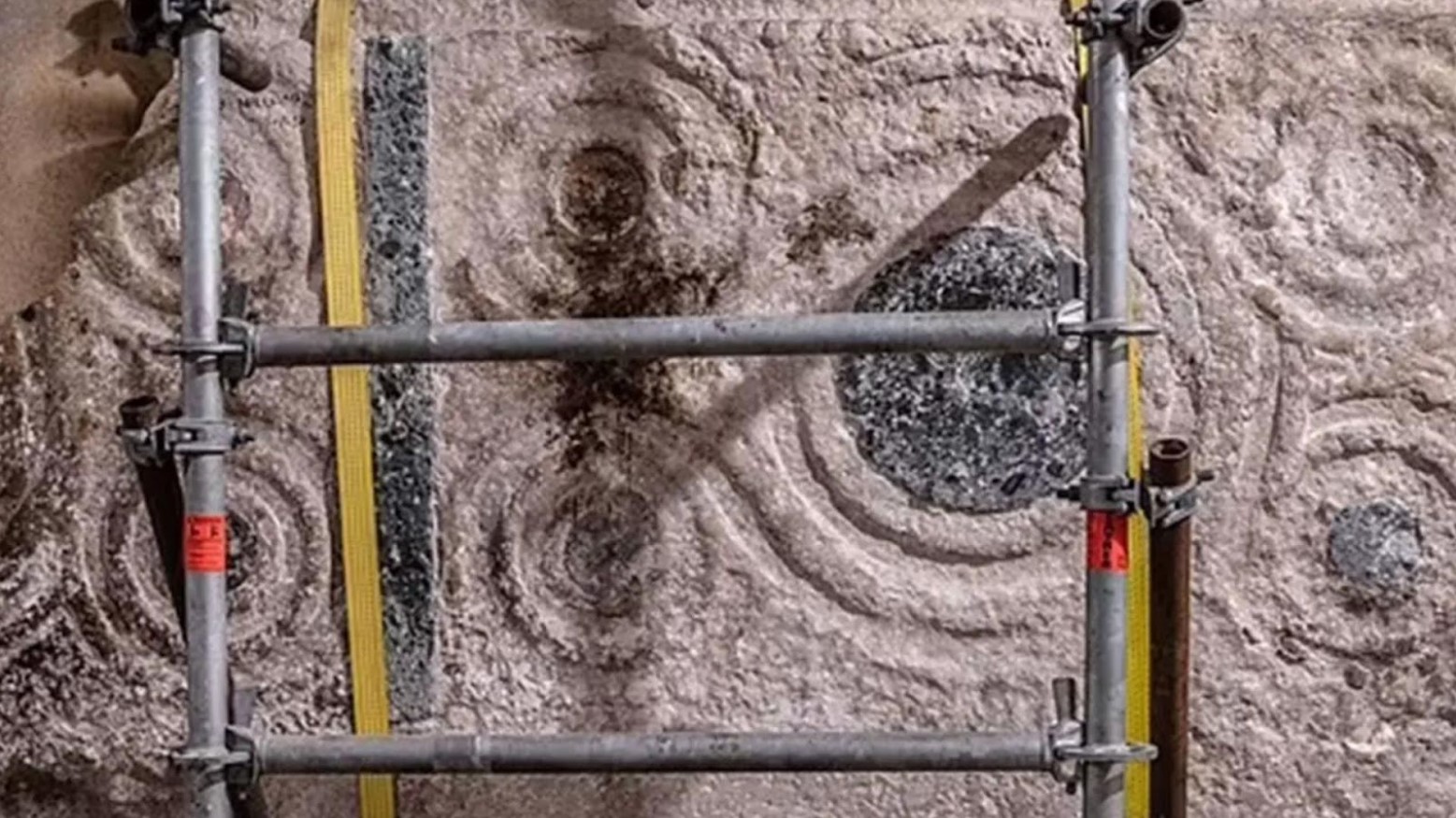
Eventually, construction work made it necessary to move the graffiti-covered slab of rock from its resting spot of who knows how long.
When the slab was turned, a truly remarkable discovery was made. Ornate decoration covering the other face of the stone slab confirmed that it had an impressive, artistic and historically significant heritage.
A Sensational Discovery
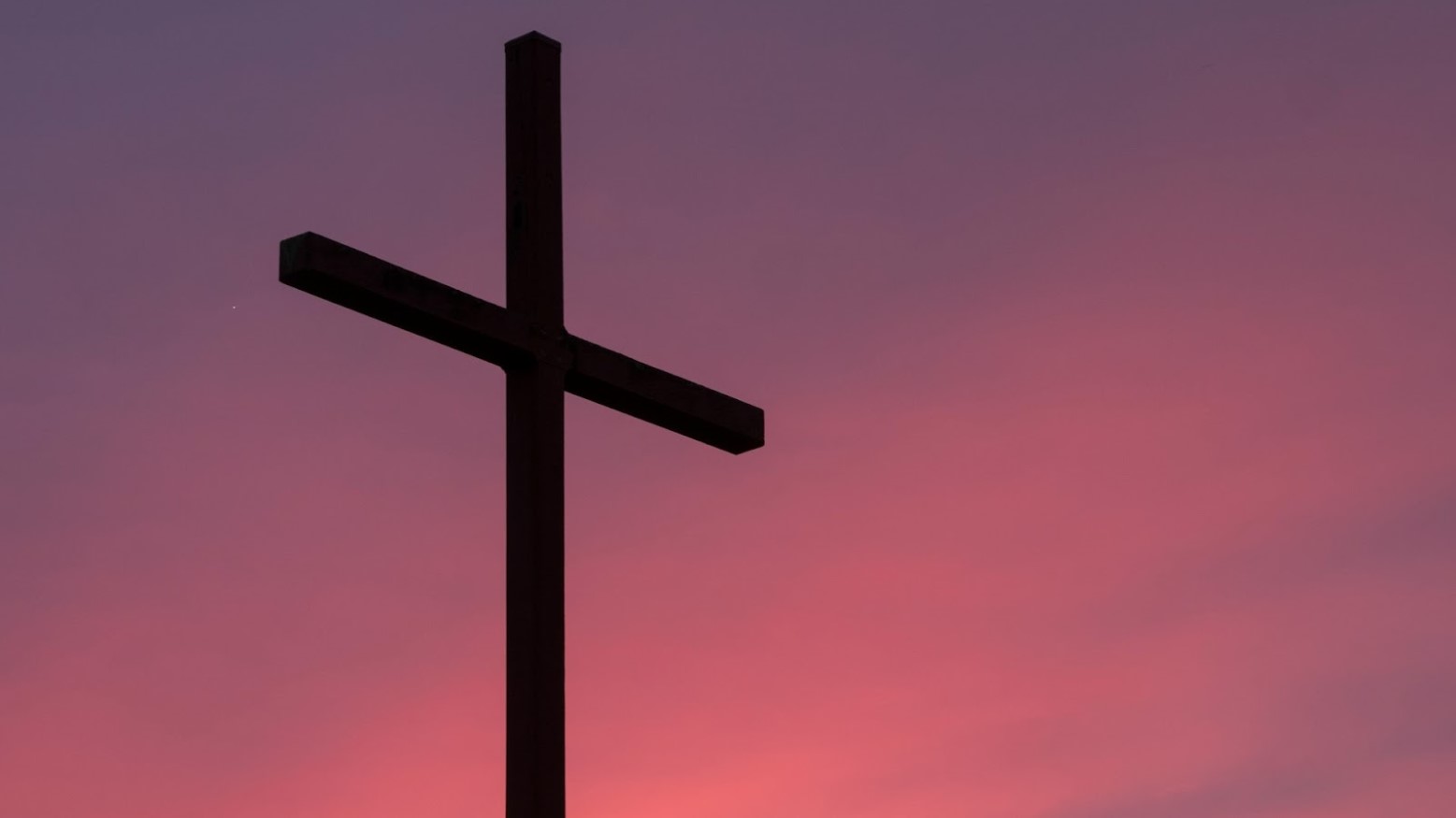
Berkovich and District Archaeologist Amit Re’em from the Israel Antiquities Authority confirmed that the stone slab is a piece of the long-believed lost altar.
The newly uncovered side of the slab was strikingly decorated with ornate ribbon artifacts, which made its identification easy. There’s no doubt that this inconspicuous piece of stone is indeed the once-striking front panel of the Crusader altar consecrated in 1149 and believed to have been lost in the fire of 1808.
How Was It Undiscovered for So Long?

The find is sensational for historians. So too is the fact that it somehow remained undiscovered for all these centuries, despite being in full view of pilgrims and tourists every day in a building as intensely researched as the Church of the Holy Sepulchre.
In Berkovich’s words: “The fact that something so important could stand unrecognized in this of all places was completely unexpected for all concerned.”
A Cosmatesque Masterpiece
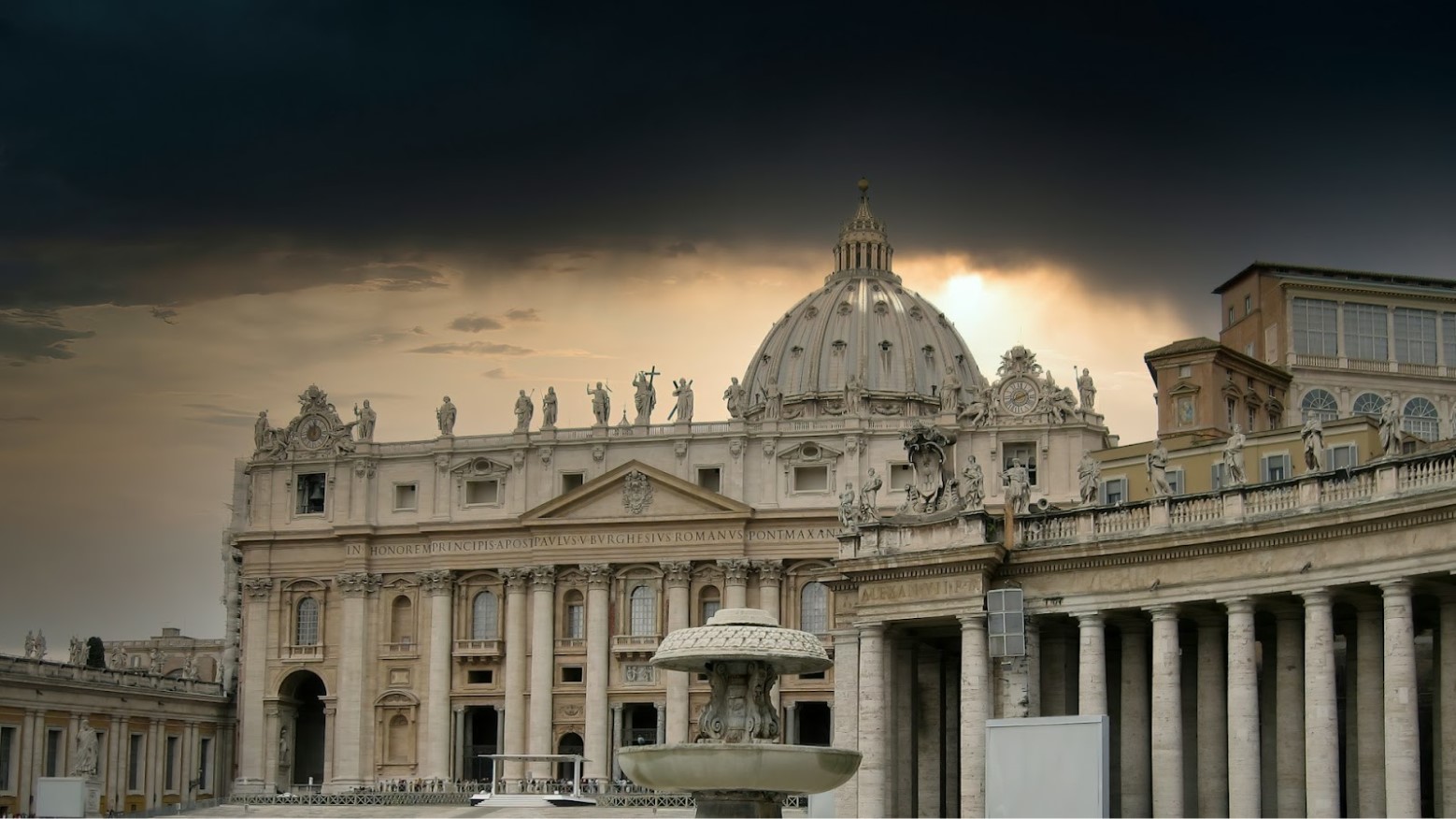
This discovery also unearths new information about the medieval high altar. The unique ornamentation on the stone is in the distinctive Cosmatesque style.
Named for the Cosmati family of Rome, this special marble decoration technique was a skill passed down through generations and used as a distinctive status symbol for the papacy.
Next Steps in the Exploration Into the Past

Cosmatesque art is unique, and the technique was exclusively practiced by guild masters in papal Rome. The only piece of existing Cosmatesque art outside Italy is in the United Kingdom’s Westminster Abbey, courtesy of an artist sent by the pope.
Historians believe that the altar in Jerusalem was therefore created with the pope’s blessing to celebrate and honor Christianity’s claim to the city. Berkovich’s team hopes that further study will shed some light on which Cosmatesque master was behind the work.
History Hidden in Plain Sight

The altar in the Church of the Holy Sepulchre is a hugely significant piece of Christian history — a bold statement piece conferring the pope’s blessing in honoring Christianity’s holiest church and strengthening the Christian claim to Jerusalem following its conquering by Crusaders.
The fact that such an important piece of history was casually propped up against a wall gathering graffiti from passing tourists almost boggles the mind. Who knows what other secrets are hiding in the church, potentially right under people’s noses.
